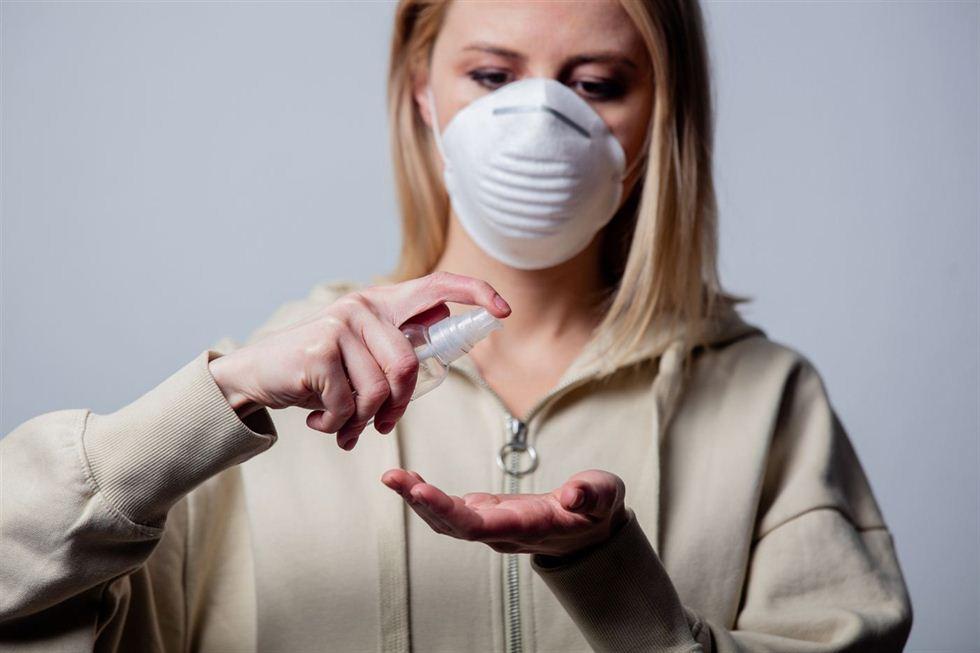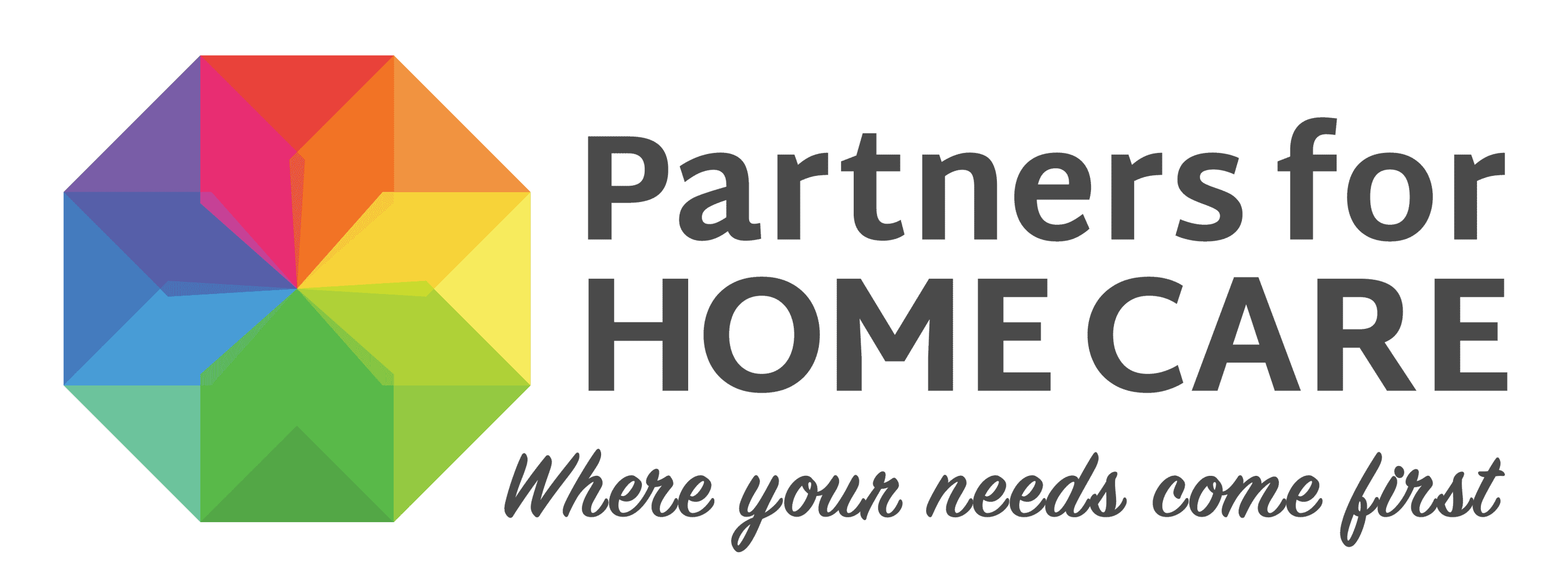 The outbreak of coronavirus disease has been declared a global pandemic and a Public Health Emergency of international concern. Although a lot is still unknown about the virus, we do know that transmission occurs when one comes into direct contact with respiratory droplets from someone with the virus. Transmission may also occur if one touches a surface contaminated with the virus, and then touches their eyes, nose or mouth. To prevent further transmission, the public has been called upon to continue observing these guidelines from the Public Health Agency of Canada and the Centers for Disease Control and Prevention in the USA:
The outbreak of coronavirus disease has been declared a global pandemic and a Public Health Emergency of international concern. Although a lot is still unknown about the virus, we do know that transmission occurs when one comes into direct contact with respiratory droplets from someone with the virus. Transmission may also occur if one touches a surface contaminated with the virus, and then touches their eyes, nose or mouth. To prevent further transmission, the public has been called upon to continue observing these guidelines from the Public Health Agency of Canada and the Centers for Disease Control and Prevention in the USA:
Wear a Cloth Face Cover
Whether you’re showing any symptoms or not, the CDC has stipulated that everyone should wear a cloth face cover when going out in public. In case you’re infected; the mask will protect other people. Remember, scientists now know that people who are infected with the virus may spread it even when they are asymptomatic. If you’re not infected, the face cover will provide a barrier should you come into contact with anyone infected. To curb shortage in health institutions, the CDC is also urging the public not to use face masks meant for health workers. One can easily DIY make a face mask at home using readily available materials like bandanas and old t-shirts.
Practicing Social Distancing
A face mask is by no means a substitute for social distancing. Maintaining a social distance of at least one meter – about two arms lengths – from others will help minimize the spread. When you stand too close to someone, if they cough or sneeze, you can breathe in the droplets. If the person is infected with the COVID-19 virus, you’ll catch the disease. As you self-isolate, you can still connect with loved ones through video calls, phone calls, and/or texts. If you’re living with a senior loved one, you’ll be protecting them when you keep your distance. Remember, as age sets in, health for many begins to deteriorate. Generally, senior citizens have more compromised immune systems, particularly those with underlying diseases.
Washing of Hands
Wash your hands often with soap and hot water for at least 20 seconds to ensure full coverage. After visiting a public place, your hands may have come into contact with contaminated surfaces so it’s precautionary to wash your hands immediately after returning home. Washing your hands with soap and water will kill viruses you might have come into contact with. If water is not at your disposal, use an alcohol-based sanitizer; this will also kill a virus.
Avoid Touching Your Face
Face touching is an instinctive response and a hard habit to break. But in the fight against COVID-19, we must find a way to avoid touching our faces. Keep in mind; your eyes, nose, and mouth are the entry points to this virus. Your hands touch many surfaces and may pick up the virus. To reduce the chances of you catching the virus, you need to avoid touching your face. Manufacturers have come up with woolly gloves and an app that gives warning sounds anytime you direct your hand toward your face.
Clean and Disinfect Household Surfaces Daily
Viruses can live for days on surfaces including phones, counters, doorknobs, bathroom, fixtures, etc. To stay safe, you need to clean your household surfaces frequently throughout the day. In commercial spaces, regular cleaning of surfaces should be much more frequent than normal.
As we continue to offer our home care services in Winnipeg, we urge you to stay safe and protect the health of your loved ones by observing the above guidelines.

